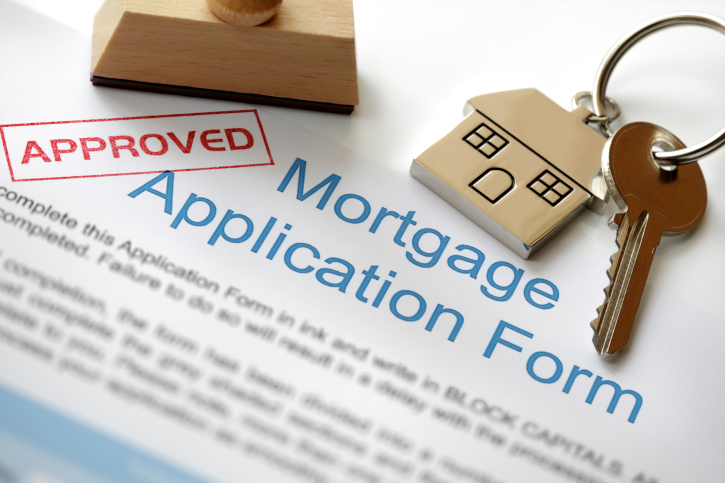Insufficient Property Appraisal What to Do When the Appraisal Falls Short
 When buying or selling a property, one crucial step in the process is obtaining an appraisal to determine its value. Appraisals provide an objective assessment of a property’s worth, influencing important decisions such as mortgage approvals, negotiations, and even insurance premiums.
When buying or selling a property, one crucial step in the process is obtaining an appraisal to determine its value. Appraisals provide an objective assessment of a property’s worth, influencing important decisions such as mortgage approvals, negotiations, and even insurance premiums.
However, there are instances when the appraisal falls short, causing challenges and uncertainties for both buyers and sellers. In this blog post, we will explore what to do when faced with an insufficient property appraisal and provide some practical steps to navigate this situation.
Understand the Appraisal Process:
Appraisals are typically conducted by licensed professionals who evaluate various factors, such as the property’s condition, location, comparable sales, and market trends. Appraisers use these factors to determine an accurate value for the property.
Review the Appraisal Report:
When you receive the appraisal report and find it insufficient, take the time to thoroughly review it. Look for any errors or discrepancies that may have influenced the final value. Understanding the appraisal’s weaknesses will help you determine your next steps.
Communicate with the Appraiser:
If you spot errors or discrepancies in the appraisal report, it’s crucial to reach out to the appraiser to discuss your concerns. It’s possible that the appraiser overlooked certain aspects or made mistakes that can be rectified through communication.
Gather Additional Evidence:
If you believe the appraisal is still inaccurate after discussing it with the appraiser, gather additional evidence to support your claim. This evidence may include recent comparable sales, property improvements, or any unique features that were overlooked in the initial appraisal. Presenting a compelling case with strong supporting data increases the chances of obtaining a revised appraisal.
Request a Reappraisal:
In some cases, when the appraisal falls significantly short, you can request a reappraisal from the lender. This request should be accompanied by the additional evidence you have gathered. Some lenders may consider a second appraisal if you can demonstrate valid reasons for your request. However, note that not all lenders will agree to a reappraisal, and their policies may vary.
Renegotiate or Seek Alternative Financing:
If a reappraisal is not an option or doesn’t yield satisfactory results, you may need to consider renegotiating the terms of the transaction. Discuss the situation with the other party involved, whether it’s the buyer or seller, and explore alternatives such as adjusting the purchase price or exploring different financing options.
While an insufficient property appraisal can be frustrating and present challenges, it’s important to approach the situation calmly and rationally. Review the appraisal report, communicate with the appraiser, gather additional evidence, and explore options like reappraisal or renegotiation. By taking proactive steps and maintaining open lines of communication, you can navigate through the process and work towards a satisfactory resolution. Remember, real estate transactions often involve multiple parties, and finding a mutually beneficial solution is key to moving forward successfully.

 In an era where environmental consciousness and cost savings are top priorities for homeowners, smart home technology has emerged as a game-changer. With the ability to automate and optimize various aspects of your home, smart home upgrades offer numerous benefits, including energy efficiency and reduced utility bills.
In an era where environmental consciousness and cost savings are top priorities for homeowners, smart home technology has emerged as a game-changer. With the ability to automate and optimize various aspects of your home, smart home upgrades offer numerous benefits, including energy efficiency and reduced utility bills. When you’re in the process of buying a home, one of the most important steps is obtaining a mortgage approval. This approval signifies that a lender is willing to offer you a loan to finance your dream home. The timeline for getting a mortgage approval can vary depending on several factors.
When you’re in the process of buying a home, one of the most important steps is obtaining a mortgage approval. This approval signifies that a lender is willing to offer you a loan to finance your dream home. The timeline for getting a mortgage approval can vary depending on several factors.